 The skin has no greater natural enemy. Which is why I tell all my patients: please please please, if you were only to choose ONE skin care product to use, that would be sun block. Many myths surround the use of sun block; many of my patients are reluctant to even consider using sun block for fears of its undesirable effects, while many patients boasts about their favorite SPF 1000, PA +++, French/ Japanese/ Swiss-made, two hundred dollar sun block. Fortunately, you do not need to fork out hundreds to get adequate sun protection, but choosing the right sun block and using it correctly is not all that simple. Here’s how to choose sun block like a pro:
The skin has no greater natural enemy. Which is why I tell all my patients: please please please, if you were only to choose ONE skin care product to use, that would be sun block. Many myths surround the use of sun block; many of my patients are reluctant to even consider using sun block for fears of its undesirable effects, while many patients boasts about their favorite SPF 1000, PA +++, French/ Japanese/ Swiss-made, two hundred dollar sun block. Fortunately, you do not need to fork out hundreds to get adequate sun protection, but choosing the right sun block and using it correctly is not all that simple. Here’s how to choose sun block like a pro:Use it religiously
Be genrous- part 1
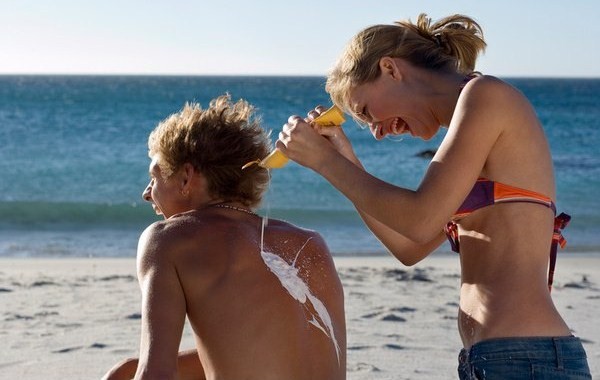 Sunblocks only work when you slather on adequate amounts to protect your skin! Studies suggest that actual usage of sun block is only about 25- 50% of the recommended amount. For example, under usage results in a SPF protection of 8 – 15 for a sun block of rating SPF 30. As a general rule, you need about half a tea spoon of sun block for the face and neck, and each arm; and 1 teaspoon to each leg, chest, and back. Yes, you need to give that bottle a good squeeze
Sunblocks only work when you slather on adequate amounts to protect your skin! Studies suggest that actual usage of sun block is only about 25- 50% of the recommended amount. For example, under usage results in a SPF protection of 8 – 15 for a sun block of rating SPF 30. As a general rule, you need about half a tea spoon of sun block for the face and neck, and each arm; and 1 teaspoon to each leg, chest, and back. Yes, you need to give that bottle a good squeeze
Be Generous – Part 2
Reapply Often! Sun blocks need to be reapplied every 4 hours to maintain its effectiveness. Studies have proven that the sun protective effect decreases exponentially after 4 hours. This interval should further be shortened if you are swimming or perspiring.
A Larger SPF Number is Not Always Better
SPF (Sun protection Factor) only measures UVB protection. And, no, it is not necessary a case of ‘the higher the better’. Here’s why – a SPF 15 sun block blocks off about 95% of UVB, while a sun block of SPF 50 blocks off an additional 3-4%. SPF 100+ sun blocks (which in the first place is a dubious claim!) will confer only very minimal additional protection. If you are an office worker with no pigmentory problems, an SPF 15 sun block is often enough. The key still lies in applying enough of the sun block, and reapplying often. Refer to Be Generous part 1 and 2.
Demystifying UVA
Choose a sun block which gives you UVA protection, as UVA rays are equally damaging to the skin. Unfortunately, the ratings to measure UVA protection is often confusing and vague. ‘PA’ (Protection Grade of UVA) is a Japanese measurement which is popular here in Singapore. The different grades include PA+, PA++, and PA+++. The more pluses, the better. However, the system can be vague. To gauge UVA protection, other better systems are available e.g. the Persistent Pigment Darkening (PPD) method. Ask your doctor for more information on which ingredients confer better UV A protection. Not all sun blocks are created equalSun blocks exert their actions via physical barriers (e.g. titanium dioxide) or chemical filters. Most sun blocks have a combination of both these days. Physical filters block out UVA and UVB rays in general, but chemical filters vary in their UV blockage. Certain ingredients, e.g. Tinosorb S, Mexoryl, confer superior UV blocking abilities, and hence are more effective. Of course, they may also cost a little more! Other interesting additives, such as anti- oxidants, have a synergistic effect with the sun filters and can potentially limit the damage from UV rays!
Sun block DOES NOT exacerbate acne
Most of the ingredients used in sun block do not clog up your pores. The more common side effect of sun blocks are allergic reactions resulting in rashes, stinging, and burning. In my opinion, the reason why some people feel that sun block causes their pimples to worsen, is due to an indirect effect of the sun block: Chemical filters absorb the harmful UV rays, and convert them into heat energy, most of which is dissipated, but some of it heats up the skin surface. This can result in increased perspiration, more sebum production, and subsequently more pimples in acne prone people. However, this problem can be avoided with proper skin care.
I know, I am repeating myself, but if ever you are serious about protecting your skin, now you know what to do.





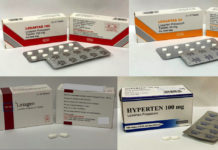




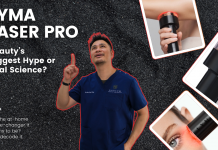
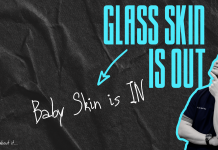
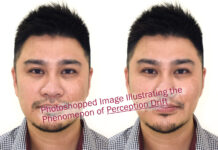



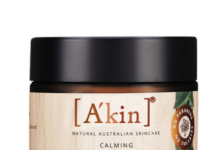



That will do, provided your 2 way cake also has protection against UVA?
Do you have any recommendations for facial sunblock for oily and ance-prone skin?<br /><br />I'm on Minocycline now and using Dalacin T in the morning and Retin-A at night. (I was on Doxycycline which worked well for me but only as long as I'm taking it, and when I'm off it, pimples come back).<br /><br />Do I juz apply sunblock on top of Dalacin??
Hi Xiao Ai! <br /><br />CHoose one with physical blockers rather than the chemical ones.. and one with lower SPF as tese tend to be less thick.. (provided you don't say out in the sun!) <br /><br />Yes you should apply sunblock as your last step of your daily skin care..